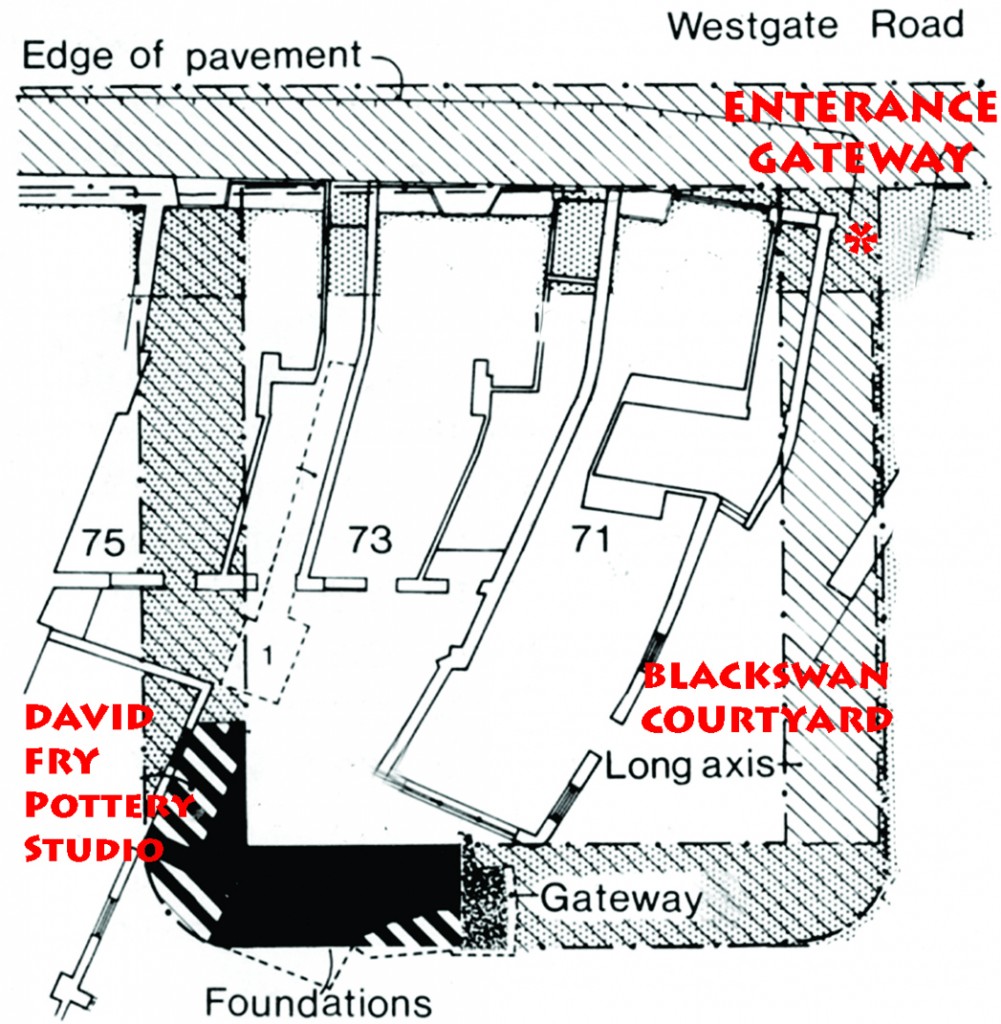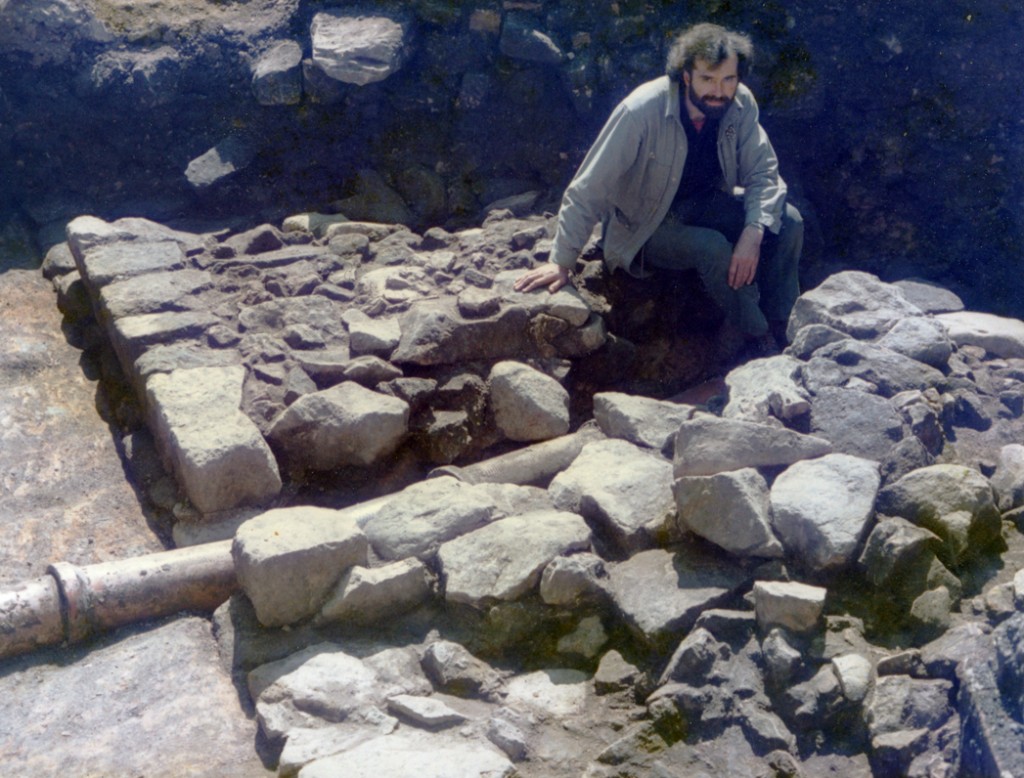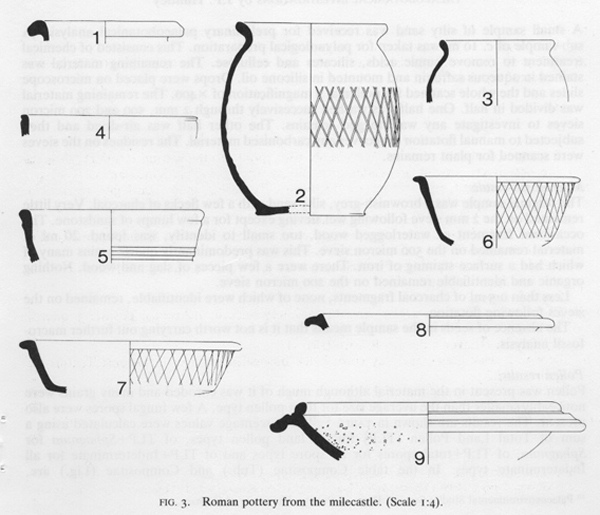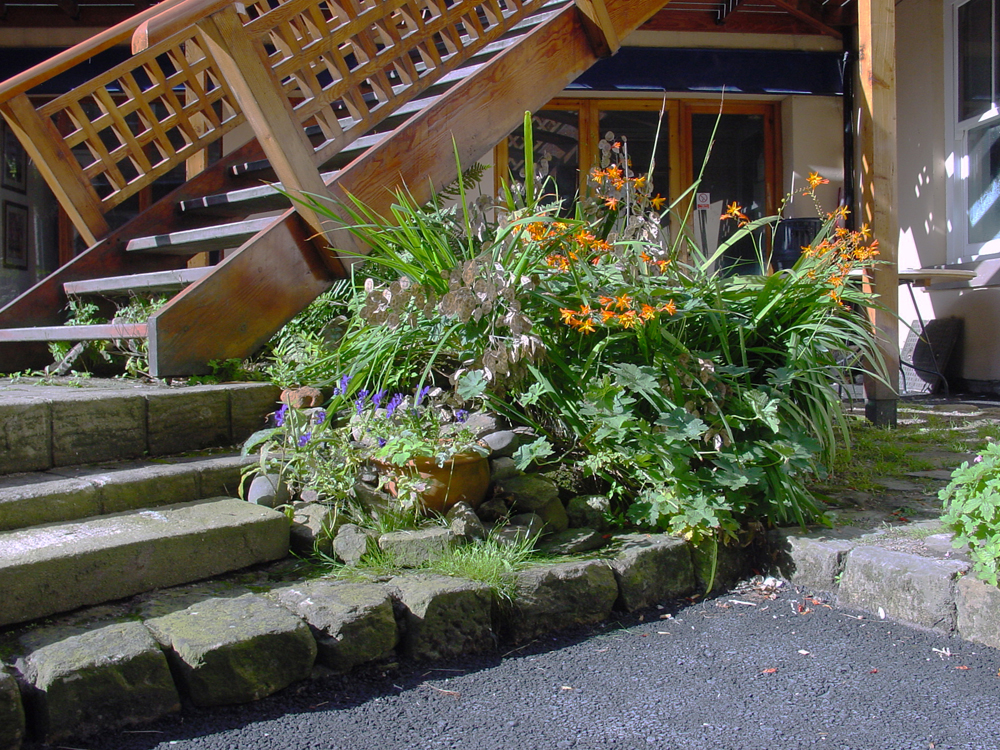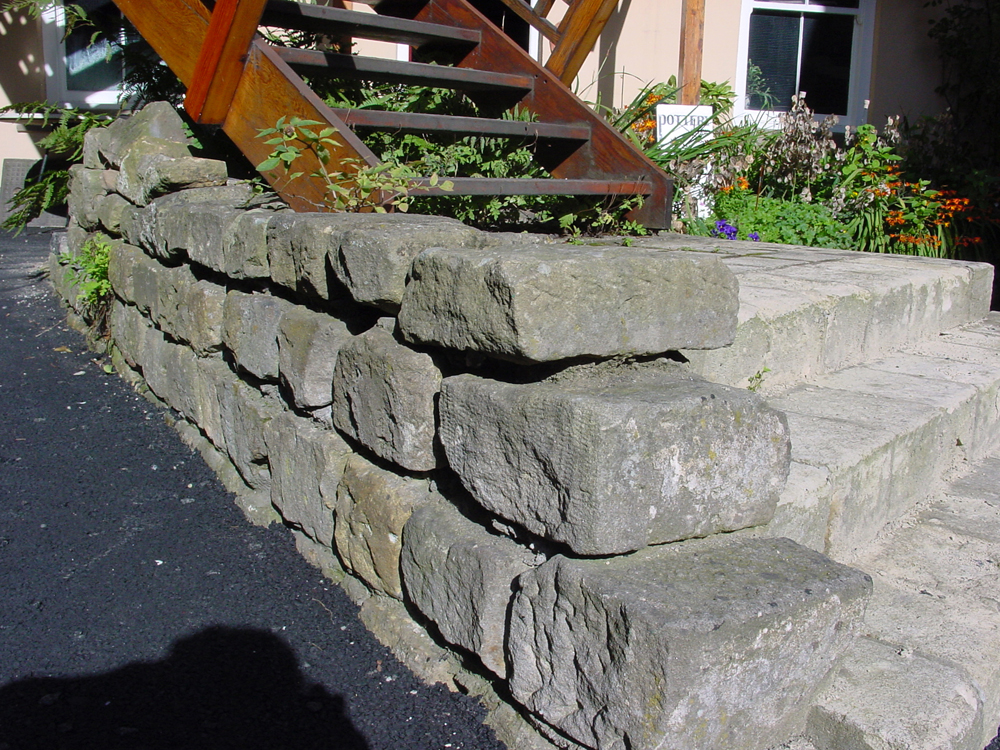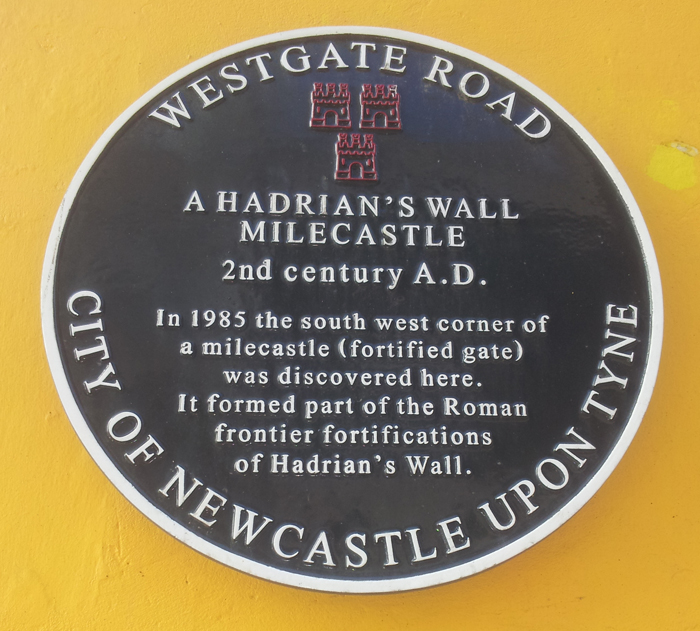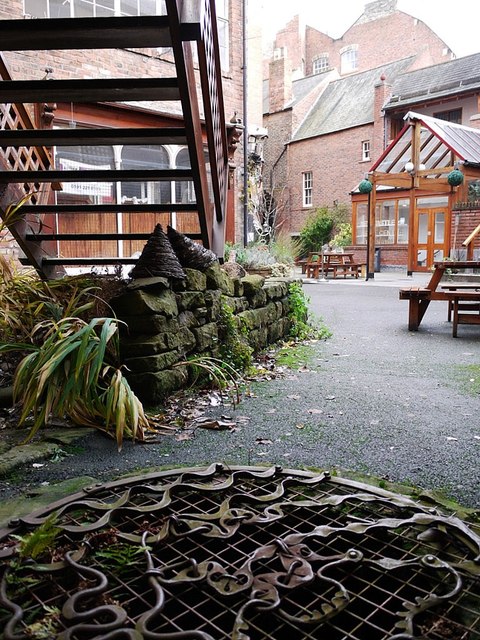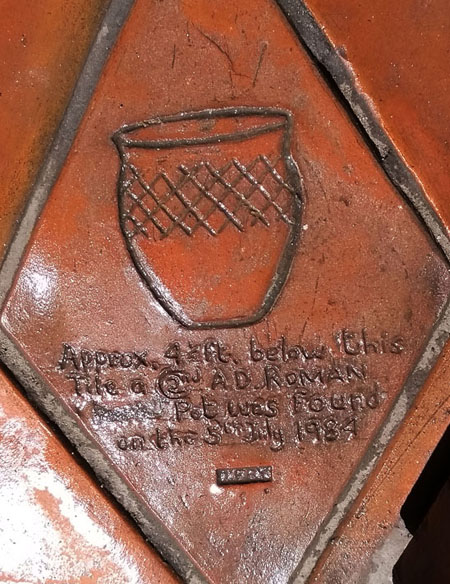Roman Milecastle No.4
I was employed originally at the Newcastle Arts Centre on Westgate Road to set up and run the architectural ceramics project, to produce mainly decorative floor and wall tiling as part of the overall restoration of a group of old derelict buildings. Prior to my studying art and ceramics and eventually becoming a potter, I was greatly interested in Archaeology and spent a lot of my early years going on ‘digs’. I almost did my degree in the subject. So I learnt a lot about the subject as well as identifying and dating pottery.
The builders at the Arts Centre were digging a drain trench and threw all the rubbish and a lot of Roman and Medieval pottery on a skip in the street outside. I spotted it identified and rescued all the pottery from the skip. I then dug a proper test trench and immediately found Roman stone foundations. Subsequently, with the help of my ceramics team, I excavated as much of the site as time would allow. I discovered the only part of Hadrian’s Wall to have been found and properly excavated in the centre of Newcastle; it turned out not only to be a Milecastle, but it was also in the wrong position.
Once discovered and reported, it was immediately listed as an ancient monument (and now a World Heritage site). As it was about 2 foot below the modern day courtyard surface, I carefully reburied it as it couldn’t be left exposed (maybe some time in the future it could be). I covered it in plastic sheeting, then sand, and then rubble. Finally it was covered with the new courtyard surface. What you see today is a reconstruction we built to represent what we found, now seen as part of a decorative garden.
The site is open for the public in the Blackswan Courtyard of the Arts Centre, immediately outside my pottery and art studio.
.
My discovery was recorded and published by Barbara Harbottle, the City Archaeologist. See a synopsis of the report below. The Full report is available here.
.
My discovery was recorded and published by Barbara Harbottle, the City Archaeologist. See a synopsis of the report below. The Full report is available here.
.
Also see Links to the English Heritage listing for the Milecastle.
– National Monuments Record and the Roman Britain site.
.
This is a plan showing the layout of the Milecastle. The area in black is what I excavated, from an inner corner to the milecastle south gateway, measuring from the inner corner to the Gateway gives us the dimensions of the whole Milecastle, as this one is a ‘long axis’ type – putting Hadrian’s Wall itself under the pavement on Westgate Road.
THE WESTGATE ROAD MILECASTLE – no number
B. Harbottle, R. Fraser and F.C. Burton, Britannia 19 (1988) 153-62.
Stone foundations, interpreted as part of a milecastle on Hadrian’s Wall, were uncovered in 1985 during the conversion into the Newcastle Arts Centre of 67-75 Westgate Road (NZ24526401). The initial discovery was made, and almost all the subsequent excavation carried out, by David Fry, the resident potter at the Centre. The recording on site and publication were undertaken by the Tyne & Wear Archaeology Unit. The evidence for the milecastle consisted of a flagged foundation course 2.90m wide, a fair stretch of the first ashlar course and fragmentary remains of the core of the second, which together formed most of the south-west corner of the structure. The footings of the south wall extended 6m eastwards from the angle to end in a straight edge against a spread of smaller stones, which perhaps marked the position of the south gate. Most of the datable pottery from this layer, and from possible internal construction or destruction deposits, has been ascribed to the second century. This Milecastle, probably of long-axis type, was unusual in several respects. It was built on a buried ground surface which had not been cultivated, and the ard marks must therefore have been made while clearing the land before construction. It was probably dismantled before the end of the second century. And, though sited on the presumed line of the Wall, it was found to be c.730m east of the suggested site of Milecastle 5, and some 580m west of the supposed Milecastle 4. In conclusion, it must be clear that the evidence for these two is unsatisfactory. Barbara Harbottle 1988.
.
My discovery – sitting on the Wall..
Pictures of the Roman Milecastle as it is reconstructed now outside my old ceramics studio.
my excavation team also my ceramics team in 1985

